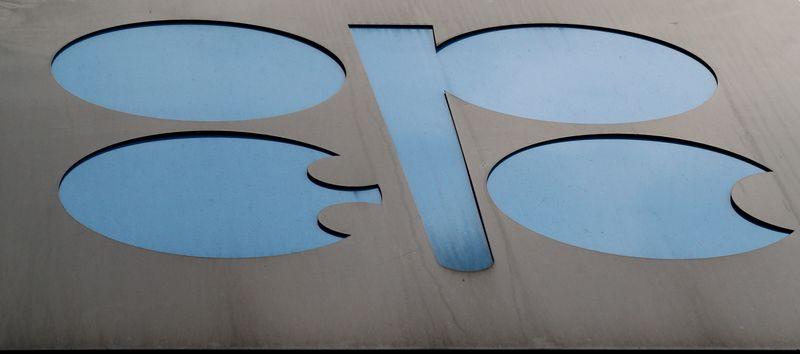Global oil demand has dropped by as much as 30%, or about 30 million barrels per day (bpd), as measures to prevent the virus spreading have slashed demand for jet fuel, gasoline and diesel.
On top of sliding demand, Saudi Arabia and Russia have been flooding the market with extra crude after the collapse last month of a three-year-old deal on limiting supplies between OPEC, Russia and their allies, a group known as OPEC+.
OPEC+ is due to hold a video conference on Thursday at 1400 GMT, after U.S. President Donald Trump said last week he had brokered a deal between Riyadh and Moscow on cuts amounting to an unprecedented 10 million to 15 million bpd, or about 10% to 15% of global supplies. Nothing has yet been formalised.
An OPEC source told Reuters on Tuesday the size of any OPEC+ curbs depended on volumes other producers such as the United States, Canada and Brazil were willing to cut.
Other OPEC+ sources have echoed this, saying it hinged on action by the United States, where costly shale oil production has surged with the help of OPEC+ action since 2016 to support prices. “Without the U.S., no deal,” said one OPEC+ source.
The United States has yet to commit to any cut, while Trump has said U.S. oil production had already fallen.
After the OPEC+ talks, Saudi Arabia will host a video conference on Friday for energy ministers from the Group of 20 (G20) major economies “to ensure energy market stability”, an internal document seen by Reuters showed.
A senior Russian source said efforts to get the United States involved in the production cut deal will be on the agenda for Friday’s G20 talks, scheduled for 1200-1420 GMT.
Two Russian sources said Russia was ready to cut output substantially without giving precise numbers.
BASELINE FOR CUTS
Riyadh and Moscow blamed each other for the collapse of the previous OPEC+ deal last month and have since then waged a war for market share, sending oil prices to their lowest in almost two decades. Benchmark Brent LCOc1 was trading at about $33 a barrel on Tuesday, about half its level at the end of 2019.
Saudi Arabia, with by far the world’s biggest reserve of extra capacity and some of the lowest production costs, raised crude output to 12.3 million barrels per day (bpd) on April 1 and said it planned to export more than 10 million bpd.
Riyadh had insisted it would no longer carry what it considered an unfair burden of output cuts.
Russian President Vladimir Putin has said any output cuts should be made from levels in the first quarter, before Saudi Arabia and other hiked production. OPEC sources said Riyadh wanted cuts to be calculated from its current higher level.
The OPEC source said there was no consensus between Riyadh and Moscow yet on the baseline for any reductions.
U.S. antitrust laws prohibit oil producers in the United States from taking steps to push up oil prices, but output curbs would be legal if state regulators or the federal government set lower production levels, experts say.
Other oil producers outside the OPEC+ group have already indicated a willingness to help. Canada’s Alberta province, home to the world’s third-largest oil reserves, said it was open to joining any potential global pact.
Norway, the biggest oil and gas producer in Western Europe, said it was considering attending the OPEC+ talks on Thursday as an observer and would join production cuts if there was broad support for such a move.
Brazil’s Energy Minister Bento Albuquerque said he was ready to attend the G20 call.



























